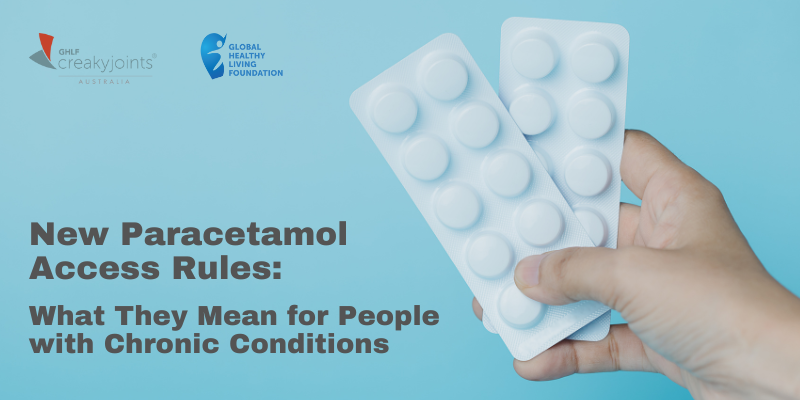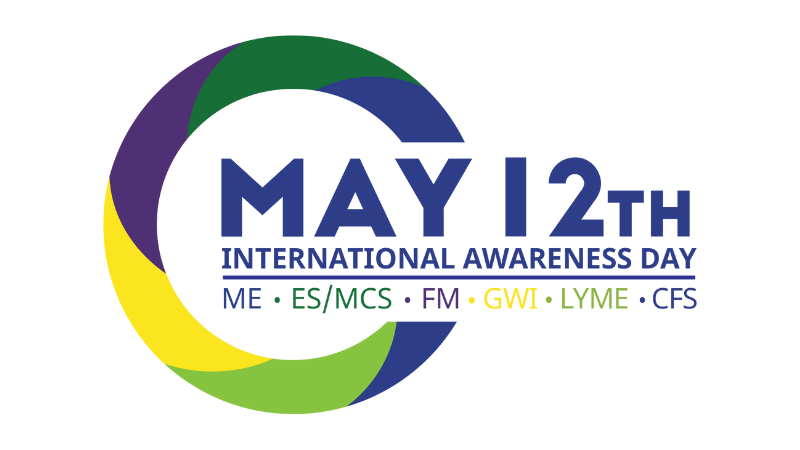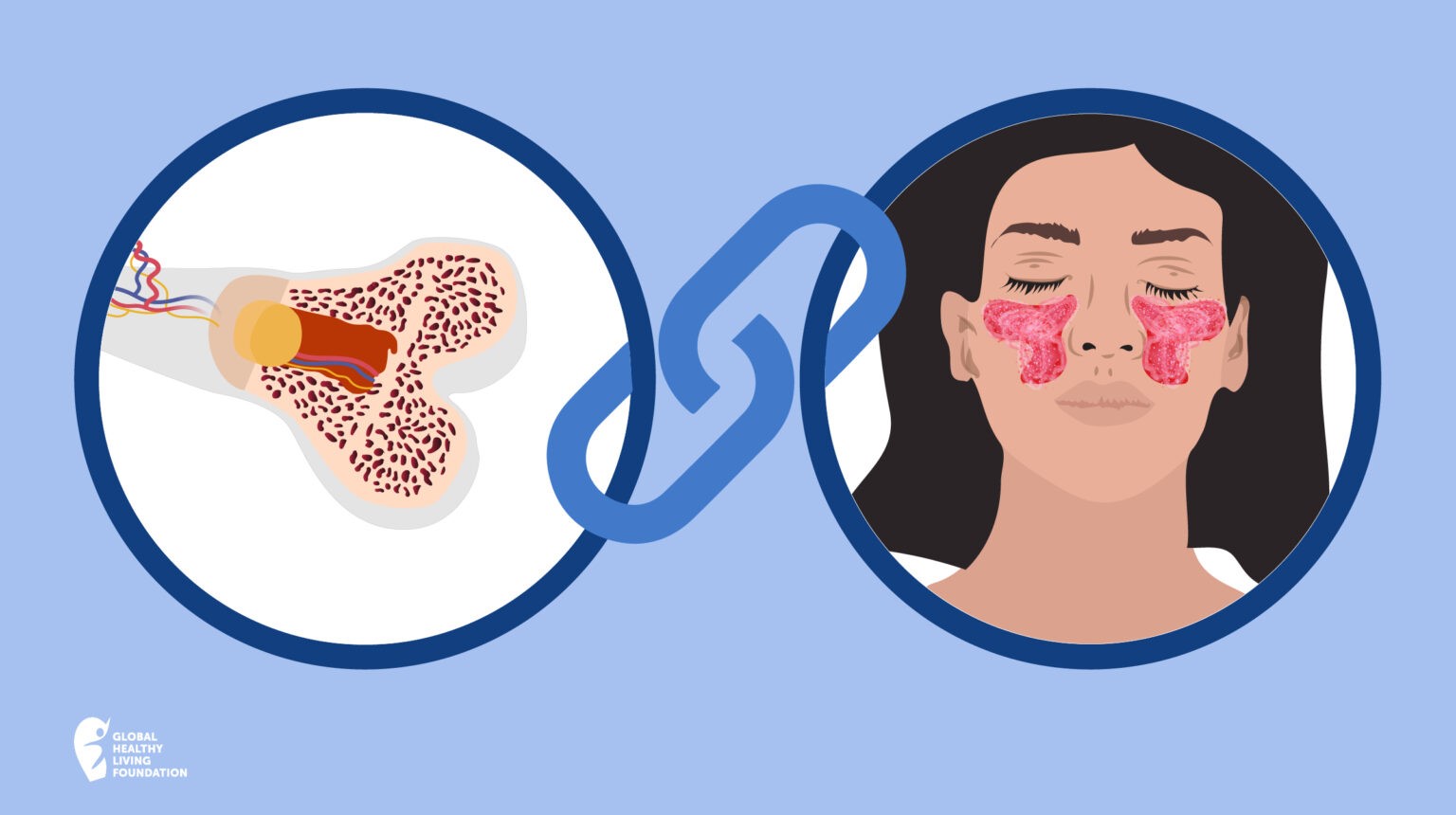

On 1 February 2025, changes to the maximum pack sizes and packaging of some paracetamol products came into place in Australia.
The new regulations affect pain relief products containing paracetamol as the sole active ingredient and cold and flu medicines containing paracetamol in combination with other ingredients. The changes only apply to products in tablet, capsule or sachet form.
These changes bring Australia’s paracetamol access regulations in line with those in other areas of the world, including the UK (restricted to 32 tablets in pharmacy and 16 outside) and Europe (no non-pharmacy sale allowed).
What Has Changed?
All “immediate release” paracetamol tablet and capsule products must now come in blister packs (as opposed to screw-top jars).
The maximum pack size of affected products has been reduced. Specifically:
- The maximum size of packs available for general sale (including in supermarkets and convenience stores) was reduced from 20 to 16 tablets or capsules.
- The maximum size of packs available in pharmacies without the supervision of a pharmacist (“Pharmacy Only” packs) has reduced from:
- 100 to 50 tablets or capsules
- 50 to 25 sachets of powders or granules
- Other pack sizes of up to 100 tablets or capsules are still available in pharmacies but only behind the counter and under the supervision of a pharmacist.
(In Western Australia and Queensland, paracetamol packs containing more than 16 tablets or capsules must be stored behind the counter as per state requirements.)
What Hasn’t Changed?
Paracetamol is still available from all current locations and there are no plans to make it prescription-only or remove it from supermarkets altogether.
Paracetamol products NOT affected by the new regulations include:
- Modified-release paracetamol products (such as those with “Osteo“, “MR“ or “XR“ in their name).
- Liquid paracetamol products (such as children’s products).
- Products already behind the pharmacy counter or only available via prescription.
Why Were the Changes to Paracetamol Access Made?
In 2022, the Therapeutic Goods Administration (TGA) sought public comments on several proposed options to amend the Poisons Standard concerning paracetamol. Over 200 submissions were received from across the community, including industry peak bodies, government representatives, manufacturers and suppliers, health professionals, researchers and patient organisations.
Click here to view our submission.
The consultation followed an independent expert report on the risks of self-harm from intentional paracetamol misuse.
The report confirmed that around 225 people are hospitalised with liver injury and 50 Australians die annually from paracetamol overdoses (both accidental and intentional). The highest rates of intentional overdose are among adolescents and young adults — particularly females.
Paracetamol is a medication that is widely used throughout the community. Although the outcomes from paracetamol overdoses are tragic, they are extremely rare when considering the volume of paracetamol sold in the community each year.
On 3 May 2023, the TGA announced the final decision to amend the access regulations for paracetamol in the Poisons Standard. The changes stated in the final decision are those listed above.
The changes to maximum pack sizes and packaging of paracetamol are intended to minimise the incidence and harm from intentional paracetamol overdosing while also maintaining appropriate access to paracetamol for the treatment of pain.
What Changes Were Originally Considered?
The new regulations were not the only options that were initially publicly consulted on. At that time, the TGA did not have a view on the merits or otherwise of any particular options. The goal was to gather as many points of view as possible on a range of options.
The following options were considered but NOT implemented:
- Restricting the age of people who can purchase paracetamol.
- Limiting the number of packs that can be purchased.
- Only allowing sales from behind the counter in supermarkets and convenience stores.
- Making modified-release paracetamol only available with a prescription from a doctor.
Is Paracetamol Safe?
The overall safety profile of paracetamol has not changed.
Paracetamol is the most widely used pain relief medicine in the world that is available without a prescription. While paracetamol has well-established safety and toxicity profiles, given its wide use there will be accidental and deliberate paracetamol poisoning in the community, in both adults and children. All medicines have risks if misused and paracetamol is no exception.
What Do These Changes Mean for People with Painful Chronic Conditions?
In our submissions to the TGA, CreakyJoints Australia and other patient organisations discussed how the (then) proposed changes could impact people in our communities.
We know that many of you regularly use stronger medications to help you manage your pain. However, some may only need these during flares and use paracetamol for milder symptoms. Also, many use paracetamol plus other treatments such as anti-inflammatories or prednisolone for their combined effect.
Our submission supported some of the proposed changes but also noted:
“Many (members of our community) live with financial strain due to the cost of regular medications, health appointments, restricted mobility and reduced earning potential. Most live with chronic, often painful, conditions and many use paracetamol products as part of their regular pain management regime … we believe that those who use paracetamol products do so responsibly — within the recommended daily limits and under the supervision of their treating doctors.”
Overall, we believe the final changes to paracetamol access won’t affect our community significantly. However, people who need to buy paracetamol in pack sizes larger than 50 may find it annoying to have to ask the pharmacist for permission first. If possible, we recommend using a single pharmacy and developing a good relationship with the staff who have some understanding of your medical history. We know that is not always feasible, though.
We also acknowledge that many of the systemic challenges in accessing pain medications in our country remain (such as access to opioid medications). We will continue to advocate on behalf of our community to ensure people with painful chronic conditions get sufficient access to medications that match their needs.
We are grateful that some of the proposed changes were rejected as we believe these would have major implications for those in our community who use paracetamol regularly.
How do I Make Sure That I Use Paracetamol Safely?
Take paracetamol at the recommended dosage as indicated on the packaging and do not exceed the overall maximum daily dose. Many cold and flu medications also contain paracetamol and care should be taken to ensure that you don’t accidently take more paracetamol than you should. Always speak to your doctor or pharmacist if you are unsure and for more information.
Call the Poisons Information Centre immediately on 131 126 if you or someone you know may have made an error taking any medicine or taken an overdose.
It is best practice to keep only what you need in your medicine cupboard at home.
Ensure that any expired packets of paracetamol are disposed of safely. Expired packets can be returned to your pharmacy for safe disposal.
Where to Find the Support You Need
Living with a chronic condition can be difficult, especially a painful one. The support of the people around you can make a big difference in how you cope with your pain and other symptoms.
For some, family and friends can fit this role. Others find it helpful to talk to others with similar conditions to share experiences and coping tips. Online and in-person support groups can be very helpful in this regard. Similarly, you might benefit from talking to a mental health professional.
Your doctors and nurses can suggest other pain treatments or doses for you. Your pharmacist and allied health professionals can help you find complementary ways to manage your pain so it has less of an impact on you.
Finally, we recognise the devastating effects associated with acts of self-harm on individuals, their families, friends and communities. If you or someone you know needs additional support, please contact any of the below crisis support helplines:
Adult
- Lifeline: 13 11 14
- Suicide Call Back Service: 1300 659 467
- Beyond Blue:1800 512 348
Youth
- Kids Helpline(5-25 years): 1800 551 800
- Headspace: 1800 650 890
Some of the content in this article was sourced from the Therapeutic Goods and Administration web page: Final decision on paracetamol access controls in the Poisons Standard – Question and Answers.
Join the CreakyJoints Australia Community
Becoming a CreakyJoints Australia member takes just a few minutes. You’ll receive our members’ e-newsletter featuring:
- Reliable information about arthritis types and treatments.
- Tips for managing daily life with arthritis and related conditions.
- Personal stories from people living with similar conditions to you.
- Links to our podcasts featuring interviews with health clinicians and patients.
- Surveys to help us discover what’s important to you.
Follow us on Facebook
We set up our CreakyJoints Australia Community group on Facebook to share our latest news, feature articles, arthritis resources and other content with you. We invite you to provide feedback on any of our posts and chat with each other in the comments. You are also welcome to share ideas about content you would like us to create or share practical tips for living with arthritis and related conditions.
Keep Reading
CreakyJoints Australia has a wealth of information about arthritis and great tips for dealing with it.




